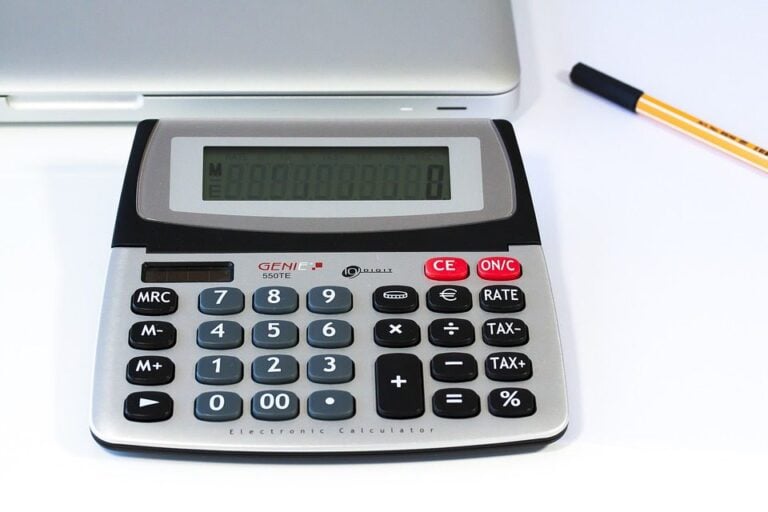Tax Help: The Good News About Tax Form 6781
Do you ever long for the days when you filed just one tax form? Remember your first high-school job? Did it feel validating, somehow, to think that the US government cared that you were working at all? Did you feel a surge of maturity as you filed that first 1040-EZ?
1040-EZ is now an obsolete tax form, and your minimum-wage job is history. At your point in life, filing taxes involves multiple forms and schedules, interlocking and layering on themselves to form a modern piece of art, a triumph of civilization and modern finance.
Could it ever be good news to hear about one more tax form? If that tax form is the 6781, then the answer is ‘yes.’ Adding the 6781 Form to your tax return will likely save you money.
Form 6781 has two sections. One section applies to mark-to-market contracts and is known as Section 1256. The other section applies to straddles and is known as Section 1092.
Form 6781 is used to report gains and losses on both Section 1256 and Section 1092 contracts. Section 1256 and 1092 contracts will be explained in more detail below. For now, a simple definition of each section is as follows:
- IRC Section 1256 applies to contracts that fall under mark-to-market rules (futures, foreign exchange, index options, and others).
- IRC Section 1092 applies to straddle positions.
For example, investments that qualify under Section 1256 receive preferential “60/40” tax treatment. 60/40 treatment means that qualifying investments that are held for any amount of time during the tax year will receive 60% long-term capital gains treatment and 40% short-term capital gains treatment.
Long-term capital gains treatment is generally more advantageous to the investor than short-term capital gains treatment. Therefore, if any of your investments can be recorded on Form 1256, it means that 60% of the investment will receive the long-term, more favorable treatment.
Because the IRS does not determine how long the qualifying investments must be held, even a quick transition can pay big dividends on tax day. For example, if you held a futures contract which experienced a net gain of $10,000, then $6,000 would be taxed as a long-term capital gain and $4,000 would be taxed as a short-term capital gain. This is true whether you hold the contract for three months or three days.
In addition, Form 1256 offers preferential treatment to taxpayers by allowing net gains and losses to be carried over to Schedule D. Specifically, if there is a net loss from qualifying 1256 contracts, these losses can be used to offset the current or previous year’s gains. Section 1256 contracts are not subject to the wash sales rules which apply to equities.
Sounds good, right? You might be wondering how to sign up? If you have traded futures, index options, forex (foreign exchange), or any contracts that are mark-to-market, then you should file Form 6781, Gains and Losses Form Section 1256 Contracts and Saddles.
A section 1256 contract is any of the following investments:
- A regulated futures contract;
- A foreign currency contract;
- A nonequity option, such as a debt option, commodity futures option, currency option, and broad-based stock index option;
- A dealer equity option;
- A dealer securities futures contract (must indicate “dealer”). (source)
Section 1092 applies to straddles. For tax purposes, a straddle is a pair of transactions created by taking two offsetting positions. Positions are considered offsetting if there is a lowering of taxpayer liability (or risk of loss) from holding one position caused by the holding of the other position. Nearly any investment strategy that involves a hedged position will trigger straddle rules under the current tax code.
To summarize, Tax Form 6781 may allow an investor like you to strategically minimize the tax burden from qualifying contracts known as mark-to-market or straddle positions. In 2019, Adam Barone at Investopedia.com published this helpful real-world example:
[A]ssume a trader bought a regulated futures contract on May 5, 2019, for $25,000. At the end of the tax year, he still has the contract in his portfolio valued at $29,000. His mark-to-market profit is $4000, and he reports this on form 6781, treated as 60% long-term and 40% short-term capital gain. On January 30, 2020, he sells his long position for $28,000. Since he has already recognized a $4,000 gain on his 2019 tax return, he will record a $1,000 loss (calculated as $28,000 minus $29,000) on his 2020 tax return, treated as 60% long-term and 40% short-term capital loss.
Form 6781 is a lesser-known tax form, but you should be aware of it. Filing a 6781 often provides tax relief to investors who hold qualifying contracts. Your tax attorney will be able to answer questions about how Form 6781 is relevant to your unique situation. Whether you are looking to settle taxes from previous years or looking to plan for the future, Form 6781 may be a useful tax strategy for the well-informed, well-advised investor.
If you have questions on which forms apply to you or need help relieving tax debt, our tax resolution specialists are here to help. We’ll analyze your situation and provide honest guidance to help you achieve the most financially beneficial tax resolution strategy possible.







